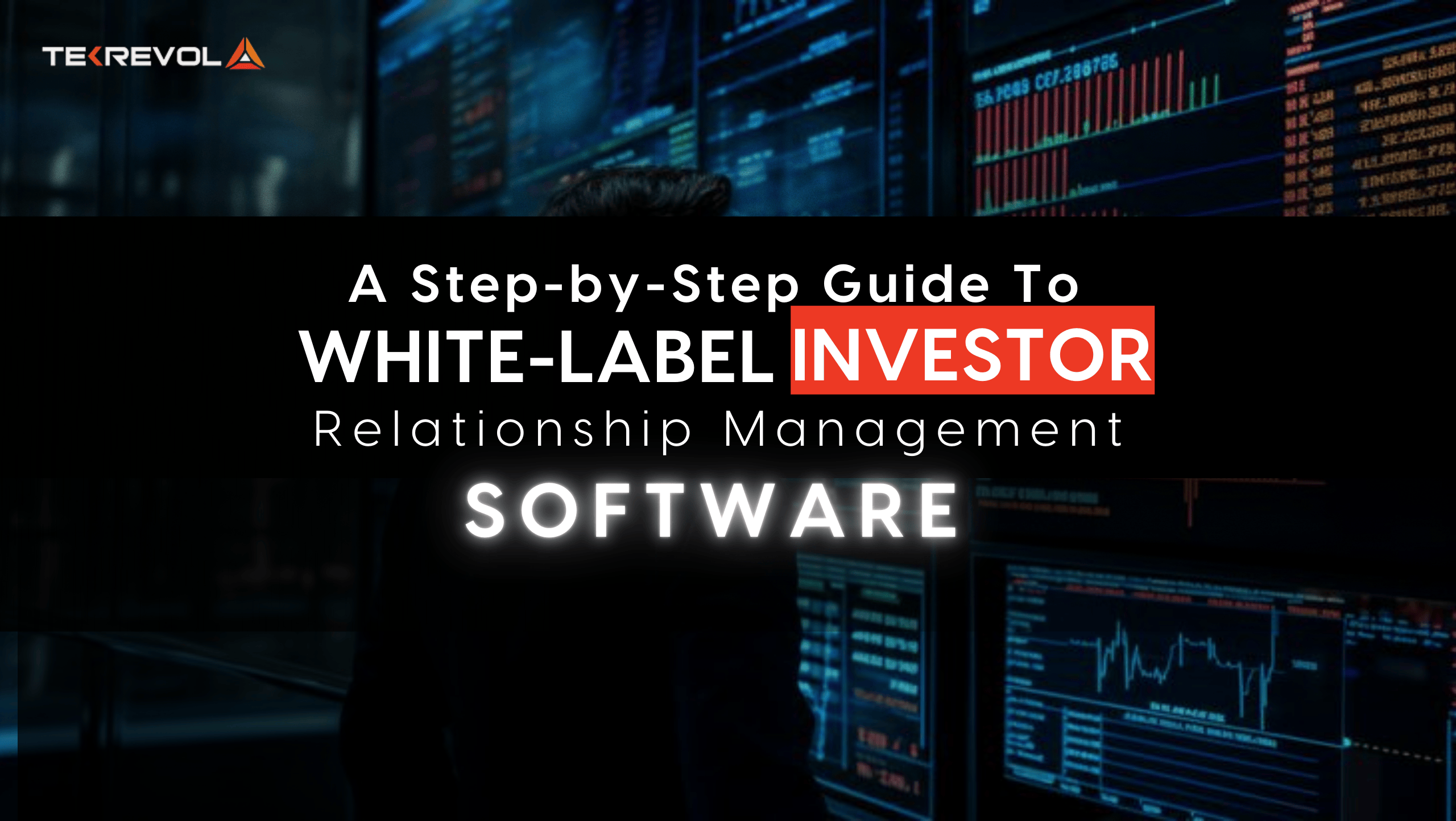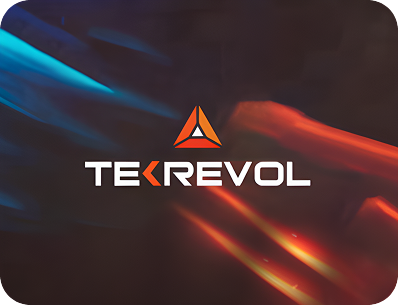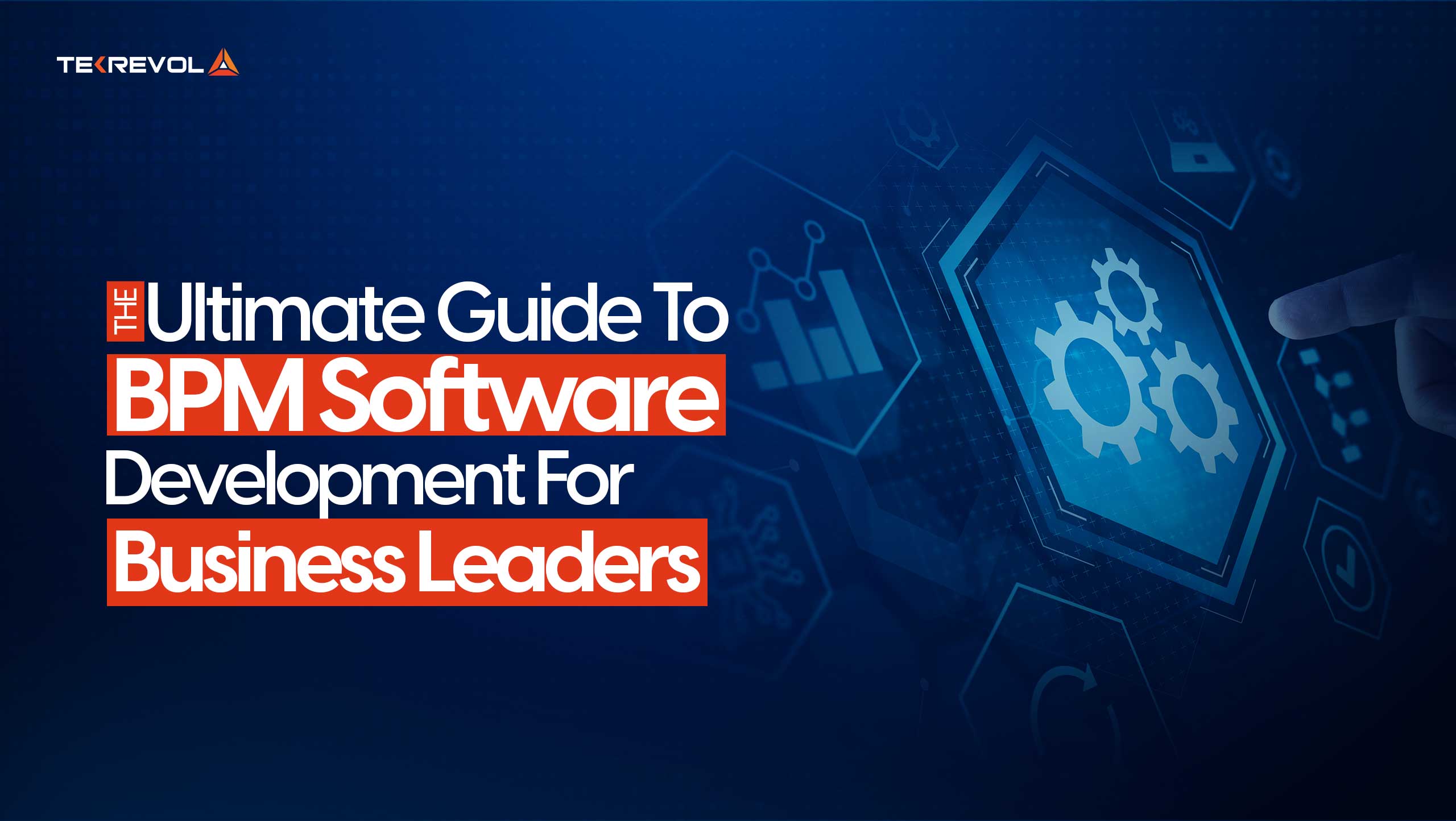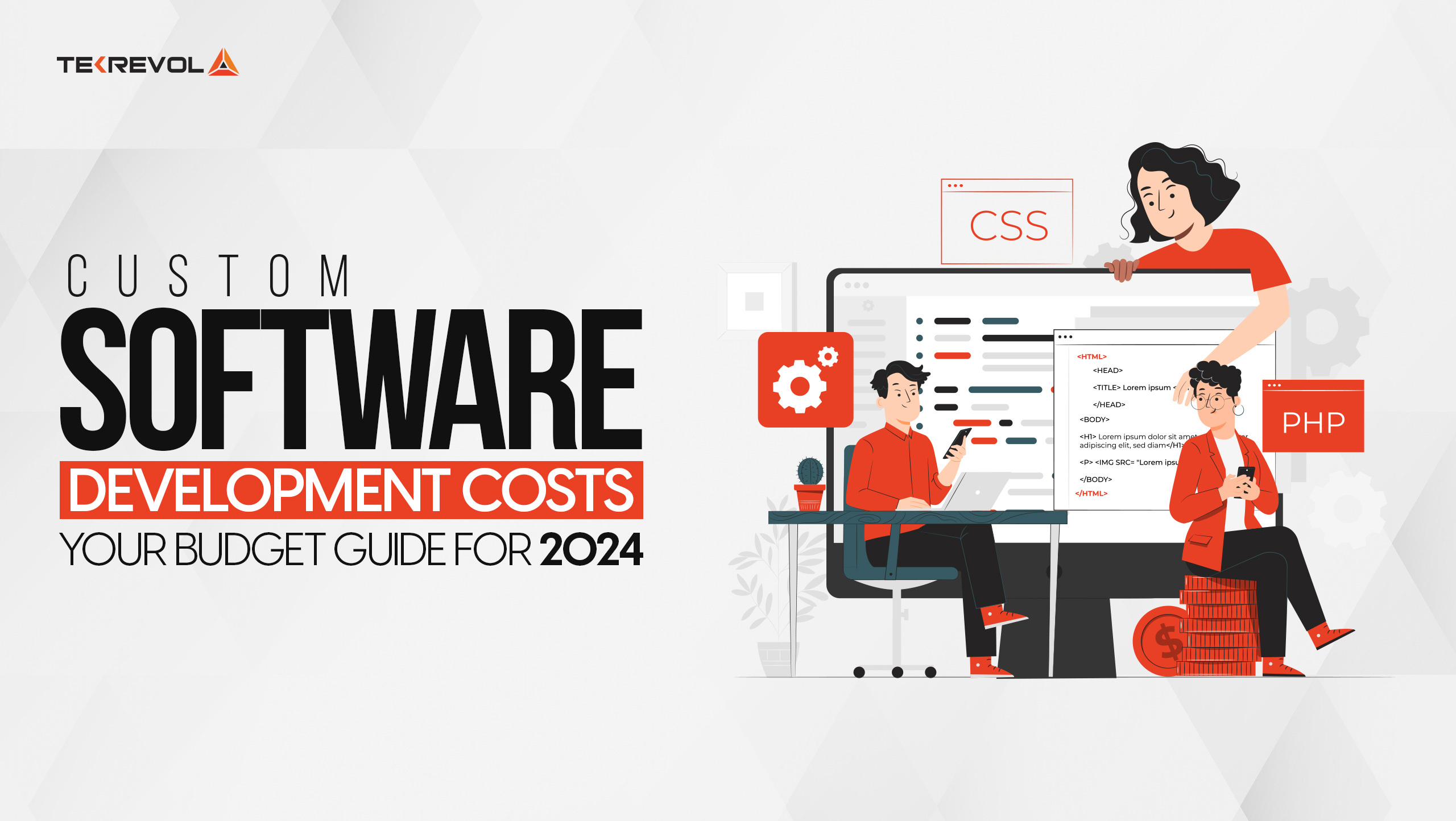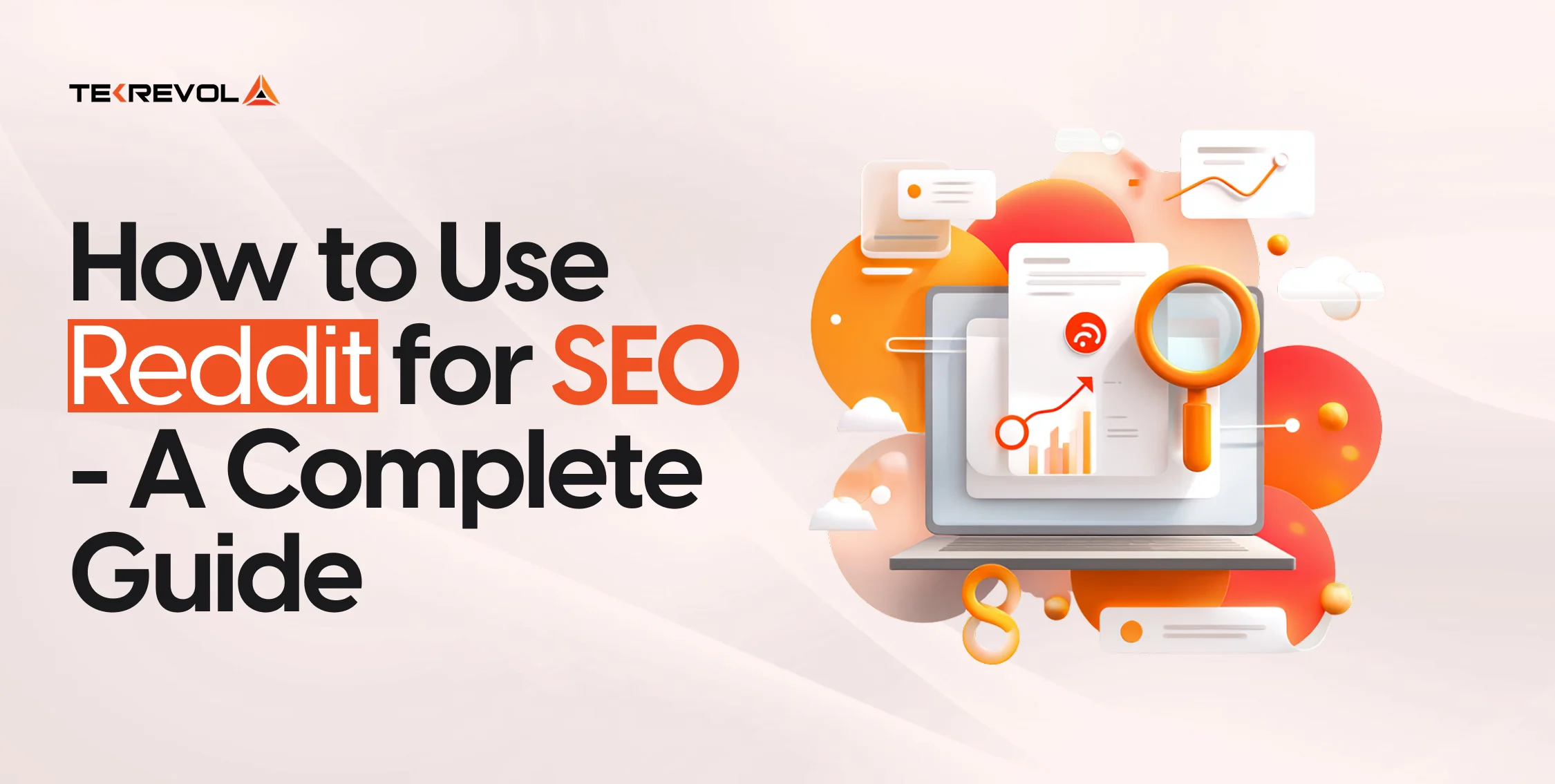You want to keep all your investors in one place, don’t you? No scattered spreadsheets, no endless email threads – just a seamless, organized system that makes you look like the superhero of investor relations.
Here is a hot take: Without the proper tools, trying to handle investor relations is like entering a Formula 1 race riding a bicycle. Sure, maybe it would work (we know it wouldn’t), but why get into all the hassle when you already have a high-performance engine waiting to take you to the finish line?
Keep in mind that this white-label investor isn’t just any other software – it is the ultimate custom investor management platform created precisely to fit your brand. Coming in handy with all the advanced features like AI-powered analytics, compliance tracking, and secure data management, it helps you look like the boss you really are.
Stick around as we break down the IRM software development process step by step. From the must-haves to the cost of IRM software development, we are here to make it as simple for you as we can!
Let’s do it!
Understanding White-Label Investor Relationship Management Software
Think of your white-label IRM software as a pre-cooked meal kit for businesses. You don’t have to build it from scratch – you just season it with your brand and serve it up to your clients.
This type of software lets investment firms manage investor data, communication, and compliance seamlessly while maintaining a personal touch that reflects their branding.
For a better understanding, think of it as a “plug-and-play” investor management tool that takes care of everything, from maintaining investor databases to sending performance reports, all while letting you add your logo, color scheme, and unique flavor.
Why Choose a White-Label Solution Over Building from Scratch?
So, why go white-label rather than start from the bottom up? Here are three solid reasons:
- It’s Wallet-Friendly: Building IRM software from the ground up is like buying a luxury yacht – it’s a fantastic investment, but do you really need to go all in? Obviously not! White-label solutions save you time and money.
- Speed Matters: White-label solutions are ready to be deployed. No need to wait months (or years) to get it developed, let alone use it.
- Customization Galore: White label doesn’t mean giving up on your “wants.” You can tweak the interface, features, and branding to make it look exactly how you want.
Key Challenges Addressed by IRM Software
For a fun fact, the businesses that use an investor relationship management platform report a 20% increase in operational efficiency.
Want to know why? It’s because these tools address common pain points like:
- Data Centralization: Forget digging through emails and spreadsheets. Everything’s in one place.
- Compliance Made Easy: Staying on top of regulations is a breeze with built-in compliance features.
- Improved Investor Communication: Automated updates and personalized notifications keep everyone in the loop.
Benefits of White-Label IRM Software
We can spend the entire night talking about the benefits of White-Label IRM Software, but both don’t have that much time, right?
Well, to name a few, here are some of the benefits that you must know about it:
-
Scalability for Growing Investor Bases
What is the point of investing in software if it cannot grow with you? White-label platforms are built to scale, which means you won’t have to reinvent the wheel when your investor base doubles. Add new features, onboard more users, and watch your platform handle it all like a champ.
-
Improved Investor Communication
Imagine sending detailed performance reports or real-time updates with mere clicks. Investor management tools on white-label platforms automate such tasks, saving you hours while keeping investors in the loop. It’s like having a personal assistant who works 24/7 – and doesn’t ask for a raise.
-
Enhance Security Measures
You should know that investors don’t joke around when it comes to data security. Modern white-label platforms come with encryption, two-factor authentication, and compliance features that meet strict industry standards like GDPR or SEC regulations.
-
Advanced Analytics and Reporting
Actionable data? Show us one person who doesn’t love it.
Features such as advanced analytics enable the development of analytical-rich reports about the investment trend, demographic distribution of shareholder bases, and financial performance, enabling the resultant decisions based on figures, not hunch.
-
Customization And Branding
You are not bound to using generic with white-label IRM software. You can customize it completely according to your brand, including the logo to the user interface. This gives you a professional touch and helps build trust with your investors because it feels like a product of yours.
Here’s a pro tip: businesses that use branded software see a 35% boost in customer retention. People love a cohesive brand experience!
- Still managing investors the old-school way? Yikes.
- Upgrade to a white-label IRM platform and give your investors the VIP treatment they deserve.
Key Features Look For In White-Label IRM Software
Here comes the part that we believe you must be waiting for! With so many white-label IRM software easily available in the market, trust us, it’s super easy to get overwhelmed. And we both know that you want nothing but the best IRM software for you, right?
Saying that here’s what you really need to look for while getting a white-label IRM software for yourself.
-
Investor Central Database Management
Say goodbye to cluttered spreadsheets! A centralized investor database ensures that all your data – contact details, investment history, and communication preferences are neatly organized and easy to access.
-
Interactive Dashboards
Nobody likes scrolling through endless reports. Interactive dashboards make data visually appealing and accessible, giving investors quick insights at a glance. And yes, you can imagine pie charts, graphs, and heat maps here, but the ones that make sense.
-
Secure Document Sharing
A white-label IRM software is for sure not your average file-sharing tool. It allows for encrypted channels to share sensitive documents, such as financial agreements or investment reports. Saying that no more sneaky hackers sneaking in!
-
Real-Time Sentiment Analysis
This one is really a game-changer! Now, advanced platforms use AI to analyze investor sentiments and flag potential concerns before they escalate. Having white-label IRM software is like having a crystal ball for investor relations.
-
Automation of Workflows
Automated workflows are surely the end of repetitive tasks. From document approvals to compliance tracking, automated workflows free up your team for strategic decision-making.
Step-by-Step Guide to White-Label IRM Software Development
Developing a custom investor management platform may sound like climbing Mount Everest—but with the right guide, like this article here (we’re too proud of our work), it’s a doable and, most importantly, a very rewarding process.
Whether you are a tech-savvy developer or a complete beginner, knowing the steps involved in the IRM software development process will save you time, money, and a ton of headaches.
So, without any further ado, let’s break it down step-by-step.
-
Requirement Analysis and Planning
Every successful software project begins with a solid plan. The first step is to analyze your business needs and figure out how your white-label IRM software will solve specific pain points.
Key Questions to Ask Yourself
- What are your investors’ biggest challenges?
- Which features of white-label IRM software are non-negotiable?
- How will this platform integrate with existing systems like CRM or email platforms?
2025 Stat Alert:
- It’s estimated that approximately 70% of software development projects fail due to unclear requirements – so now you know why you can’t skip this step!
Deliverables for This Phase:
- A detailed scope of work
- Feature list like investor database, real-time updates, and reporting tools
- Project timeline and budget estimate
-
Designing the UI/UX
A killer user interface (UI) and user experience (UX) will make your investor relationship management software stand out. Investors value intuitive platforms that do not require a manual to navigate.
Best Practices for IRM Design
- Simplify the interface and make it visually appealing.
- Use responsive designs to make your platform mobile-friendly.
- Add interactive dashboards for easy access to key data.
Fun Fact:
- Do you know that platforms with intuitive UI see 200% higher user engagement rates compared to clunky ones?
Key Tools for Design:
- Wireframes and prototypes to visualize the layout.
- Feedback loops from stakeholders to refine the design.
-
Core Functionality Development
This is where your idea turns into a working product. Developers start writing the code of the backbone of your white-label IRM software, making sure it meets all your goals.
Core Features to Prioritize:
- Centralized management of investor data
- Secure sharing of documents
- Compliance tracking
- Real-time communication tools such as notifications and performance updates
Pro Tip:
- Include modular features so your platform can scale with your business.
Development Tools:
- Frontend: React.js, Angular, or Vue.js to deliver slick user interfaces.
- Backend: Node.js, Django, or Ruby on Rails for a solid base.
-
Security Implementation
Security is off the table in 2025. Business cyberattacks have already stolen around $10.5 trillion from companies worldwide. That’s why your platform needs to be the most secure.
The Must-Haves:
- End-to-end encryption on all investor communication
- Two-factor (or MFA) login
- Compliance with GDPR and SEC laws to save yourself from paying the price
Bonus Tip:
- Install AI-based security: They can detect and negate threats right in real time.
-
Testing and Quality Assurance
Testing may not be a thrilling topic, but it is like not checking for holes in a boat before launching it; you don’t want to get drowned, right?
Thorough testing ensures that your investor management tools work flawlessly.
Testing Checklist:
- Functional Testing: Make sure all the features work.
- Stress Testing: Can the platform handle large investor databases?
- Security Testing: Verify encryption, compliance, and vulnerability protection.
- User Testing: Gather feedback from a beta group to identify usability issues.
-
Integration with Other Systems
Your custom investor management platform should work well with other tools in your tech stack. Whether it is syncing with CRM systems or integrating email platforms, this step ensures smooth data flow.
Common Integrations for IRM Software:
- Customer Relationship Management (CRM) tools like Salesforce or HubSpot.
- Accounting software for financial reporting.
- Email platforms for investor communication.
-
Maintenance and Updates
Launching your white-label IRM software isn’t the finish line – it’s the starting point. Regular maintenance and updates keep your platform secure, scalable, and relevant.
2025 Trend Watch:
- In 2025, 61% of companies are prioritizing post-launch updates to meet evolving customer demands.
Key Areas for Ongoing Maintenance:
- Adding new features as investor needs evolve.
- Fixing bugs or security vulnerabilities.
- Optimizing performance for larger user bases.
Too much to comprehend? Here’s a summary of everything you need to know!
| Development Phase | Key Tasks | Tools/Deliverables | Estimated Time |
| 1. Requirement Analysis | Define scope, features, budget, and timeline | Feature list, project plan | 1–2 weeks |
| 2. UI/UX Design | Create wireframes, prototypes, and responsive layouts | Figma, Adobe XD | 2–4 weeks |
| 3. Core Development | Code investor database, reporting tools, and dashboards | React.js, Node.js, Django | 3–6 months |
| 4. Security Implementation | Add encryption, MFA, and compliance workflows | End-to-end encryption, GDPR compliance | 2–3 weeks |
| 5. Testing & QA | Conduct functional, stress, and security tests | Beta testing, security scans | 2–4 weeks |
| 6. Integration | Sync with CRMs, email platforms, and accounting tools | APIs for seamless data flow | 2–3 weeks |
| 7. Maintenance & Updates | Regular updates, feature additions, and bug fixes | Support team, version upgrades | Ongoing |
Developing investor relationship management software is a journey that can turn out to be a troublesome one, but careful planning and execution lead to making sure it’s done right.
Any step of this IRM development process has ensured that the investment platform offers investors real value, safety, and fluidity.
- Feeling overwhelmed by the IRM development process? Don’t sweat it.
What Influences the Price of White-Label IRM Software Development
A white-label IRM platform doesn’t come with a price tag. Rather, there are a number of elements that define the final price.
Here is what you should know:
-
Complexity of Features
The number of white-label IRM software features immediately correlates with development expense. A basic program that contains core features, including investor data management and simple reporting, will not cost as much as a sophisticated suite containing AI-enhanced analytics, blockchain security, or real-time sentiment analysis.
-
Platform selection
- Web-based platforms are inexpensive to build, but the investment limits accessibility.
- Mobile-first platforms benefit users on the go, yet an extra amount is needed in iOS and Android.
- Cross-platform compatibility is the best of both worlds – but it’s the priciest option.
-
Integration Needs
Integrating the software with other investor management tools like CRMs, accounting platforms, or email systems adds complexity and cost. Seamless data flow is essential for efficiency – so for god sake, don’t skip it here.
-
Security and Compliance
With cyberattacks projected to cause $10.5 trillion in damages globally by 2025, robust security features aren’t optional. Encryption, multi-factor authentication, and compliance with GDPR, SEC, and PCI-DSS standards will add to your development bill but are worth every penny.
-
Development Team Location
Location will also play a huge role in the cost. Developers in North America charge anywhere between $100–$250/hour, while those in Eastern Europe or Asia may cost $30–$70/hour. It is usually an experience, communication, and turnaround time trade-off.
-
Post-Launch Maintenance and Updates
The cost does not end when the software is launched. Regular updates, feature enhancements, and bug fixes are continuous expenses. In fact, 70% of total software costs come post-launch over its lifecycle.
Average Cost of IRM Software Development in 2025
Based on the factors above, here’s a breakdown of typical development costs in 2025:
| Software Complexity | Average Cost Range | Development Timeline |
| Basic Features | $30,000–$50,000 | 4–6 months |
| Moderate Complexity | $50,000–$120,000 | 4–9 months |
| Highly Complex Features | $120,000–$300,000+ | 9 months–1 year+ |
Hidden Costs to Watch Out For
While the upfront cost of IRM software development is important, don’t overlook potential hidden costs:
- Licensing Fees: For third-party tools and APIs.
- Testing and QA: Rigorous testing can account for up to 15% of development costs.
- Training and Onboarding: Your team will need time and resources to learn the new system.
- Downtime During Integration: If the platform doesn’t integrate seamlessly, you may face operational disruptions.
White-Label IRM Software Cost-Saving Tips
Developing a white-label IRM software platform doesn’t have to break the bank. Here are a few strategies for saving money:
- Define the Scope Clearly: A detailed plan helps avoid scope creep, the silent budget killer.
- Start Small with MVP: Launch a Minimum Viable Product with core features and add advanced tools later.
- Outsource Smartly: Choose an experienced offshore team for competitive rates without compromising quality.
- Use Open Source Tools: Leverage open source technologies wherever possible to reduce license costs.
Here’s a summary of every cost-related query you still have in mind!
| Cost Component | Details | Estimated Impact on Budget |
| Features and Complexity | Basic to advanced tools (e.g., dashboards, analytics, security) | 30–50% of total cost |
| Platform Type | Web, mobile, or cross-platform | 10–20% of total cost |
| Integration Requirements | CRM, email platforms, accounting tools | 10–15% of total cost |
| Security and Compliance | Encryption, MFA, GDPR/SEC compliance | 10–15% of total cost |
| Development Team Location | North America, Europe, Asia | 25–50% variation |
| Post-Launch Maintenance | Updates, bug fixes, scaling | 20–30% of lifetime cost |
Why It’s The Best Time For A White Label Investor Relationship Management?
Coming to this end, it is evident that investment and growth are undergoing rapid change, and the demand for efficient, secure, and scalable investor management tools has reached its all-time peak.
With the global investor relationship management software market expected to soar to $565 billion by 2031, adopting a custom investor management platform is no longer a luxury—it’s a necessity.
By leveraging white-label IRM software, you’re not just keeping up with industry trends; you’re positioning your business as a leader in investor relations, ready to deliver transparency, trust, and top-notch experiences.
How TekRevol Can Help?
TekRevol is your trusted development partner in building white-label IRM software. Here’s what we offer:
- Custom Solutions: Platforms aligned with your brand and business objectives.
- Cutting-Edge Features: AI-driven analytics, real-time communication tools, and secure document sharing.
- End-to-End Support: We take you from the ideation stage to the final maintenance stage.
- Cost Efficiency: Scalable solutions that optimize your investment without burning a hole in your pocket.
- Ready to turn your investor relations from ‘meh’ to ‘marvelous’?
- There’s no better time to get started with white-label IRM software. Let’s make it happen!

